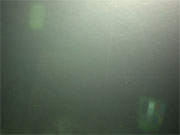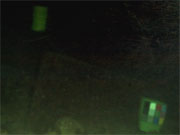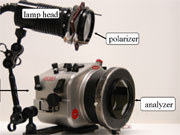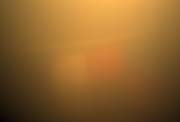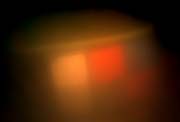Yoav Y. Schechner: Research
Active Ilumination De-scattering

Imaging in scattering media such as fog and water is important but challenging. Images suffer from poor visibility due to backscattering and signal attenuation. Moreover, the nonuniformity of these effects creates dynamic range problems. Most prior methods for visibility improvement use active illumination scanners (structured and gated), which are slow and cumbersome. On the other hand, natural illumination is inapplicable to dark environments.
We study the formation of images under wide field (non-scanning) artificial illumination. Some characteristics of backscattered light were discovered empirically. Based on these, we present a visibility recovery approach which also yields a rough estimate of the 3D scene structure. The method is simple and requires compact hardware, using active wide field polarized illumination. Two images of the scene are instantly taken, with different states of a camera-mounted polarizer. A recovery algorithm then follows. We demonstrate the approach in underwater field experiments, at night.
Publications
- Tali Treibitz and Yoav Y. Schechner, “Instant 3Descatter,” Proc. IEEE CVPR, Vol. 2, pp. 1861-1868 (2006).
- Tali Treibitz and Yoav Y. Schechner, “Active polarization descattering,” IEEE Trans. Pattern Analysis & Machine Intelligence 31, No. 3, pp. 385-399 (2009).
Presentations
- “Instant 3Descatter” (7.6 Mb, PowerPoint)


